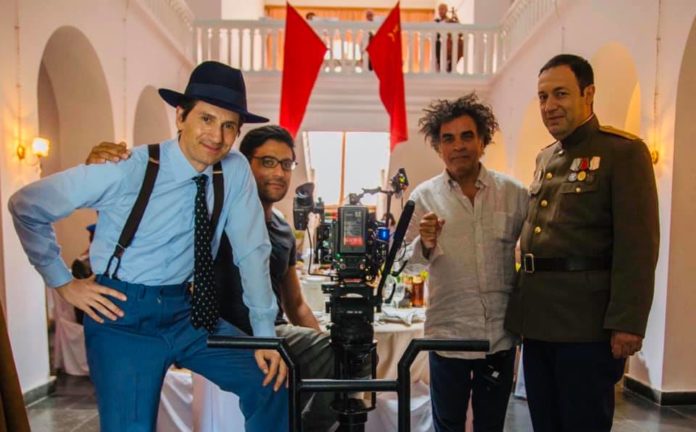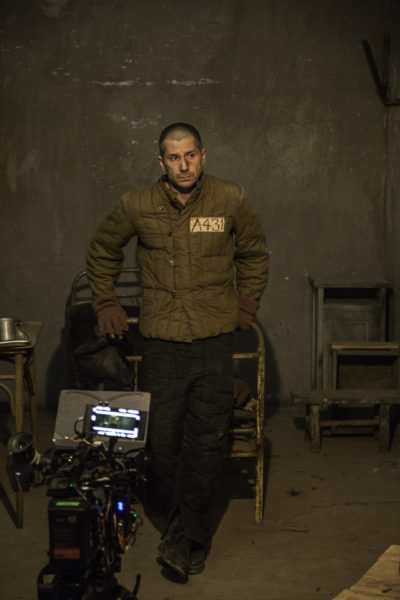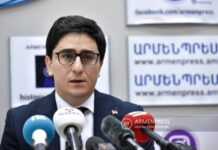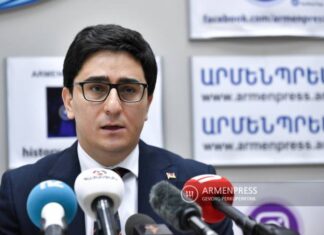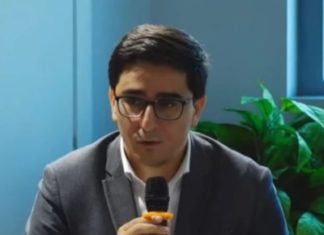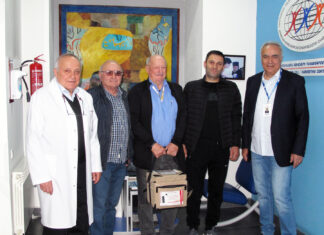YEREVAN/OAKLAND – Michael Goorjian is an actor, director and writer. Since 1991 he has appeared in 58 TV and films, and directed 14 films, documentaries and videos. Among his notable works are his TV roles in “Party of Five” and “David’s Mother” (for which he won an Emmy Award for Best Supporting Actor), his film “Illusion” with Hollywood legend Kirk Douglas, his philosophical novel What Lies Beyond the Stars, characterized by Huffington Post as “an absolute gem,” etc.
We met and became friends in 2006, when Michael was visiting Armenia for the first time, traveling and meeting people. At that time in an interview Michael said that Yerevan became his favorite city and he cannot wait to get back there and make a film.
After 14 years Michael came back to Armenia with a feature film project, staying seven months. Recently he finished his film Amerikatsi, produced by People of Ar (producer Arman Nshanian), Palodeon Pictures and H&H Films.
Michael, it is typical for film professionals of Armenian descent — from top celebrities like Cher to unknown beginners — to express their wishes to make films on Armenian topics or in Armenia, yet very few do it. But you did!
I promised I would, remember? Back in 2006 when I first came to Armenia I was so inspired that I told you, somewhat jokingly, that I would find something I could shoot in Armenia as an excuse to come back. Well, it took me a little while to find the right story, but eventually, I did and the rest is history. You never know, sometimes the most whimsical impulses lead to incredibly important outcomes, which is definitely the case for me. Despite the many challenges involved — shooting a period piece, in a foreign country, in three languages, during a pandemic! — despite all that and more, “Amerikatsi” is by far the most meaningful creative project I’ve worked on to date.
The title of your film is an Armenian word “Amerikatsi” (American). I hope the international audience will remember it, perhaps associating it with Godfrey Reggio’s Qatsi trilogy.



